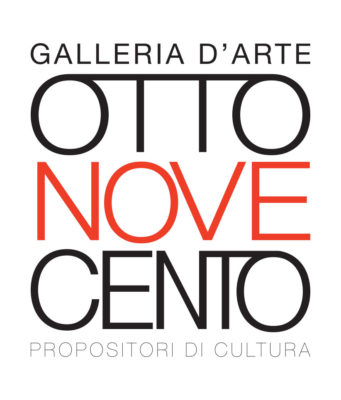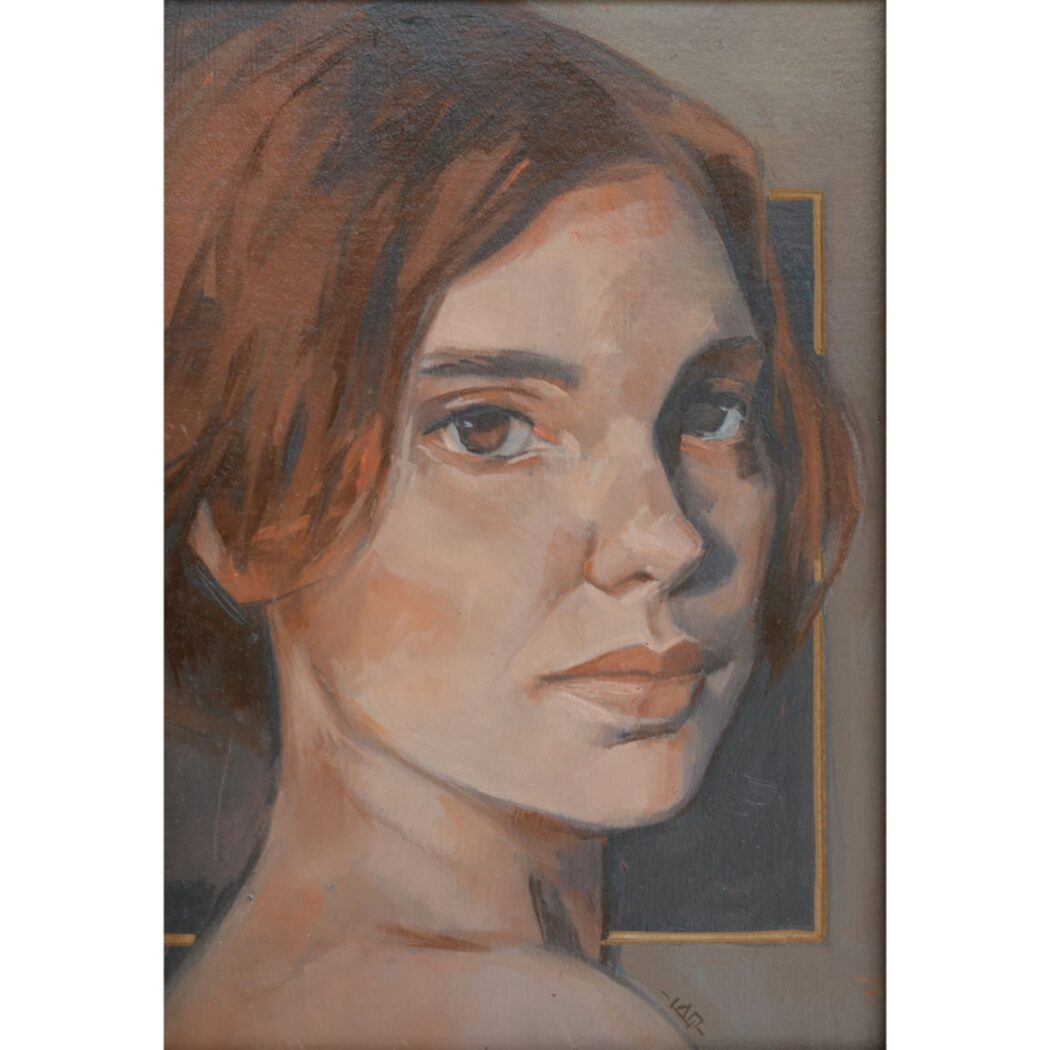Linda Aquaro è una giovane artista (classe 1982) la cui produzione è caratterizzata da un forte ecletticismo. Pugliese di origine, si trasferisce a Roma per studiare architettura per poi rimanere nella capitale. La sua curiosità la porta a sperimentare varie tecniche con cui nutre una ricerca artistica in costante evoluzione. Oltre che architetto è infatti illustratrice, pittrice, ed esperta di cianotipia.
La sua pittura racconta di leggeri mondi onirici, di attese e momenti sospesi. Unisce la pittura all’incisione e usa come supporti oggetti chiusi, come cassetti o scatole di legno riciclate che celano pensosi volti femminili. Racconta l’attimo immanente, fugace e al contempo infinito, con un linguaggio che sembra echeggiare il simbolismo di inizio Novecento unito ai materiali di recupero di memoria poverista.
La professione di architetto emerge come forte cifra stilistica in particolare nell’analisi dei pieni e dei vuoti, di quegli spazi che lei stessa definisce “negativi architettonici”, come i ritagli di cielo fra i palazzi.
Linda Aquaro is a young artist (born in 1982) whose production is characterized by a strong eclecticism. Born in Apulia, she moved to Rome to study architecture and then stayed in the capital. Her curiosity led her to experiment with various techniques which she uses to nurture a constantly evolving artistic research. Besides being an architect, she is in fact an illustrator, painter, and cyanotype expert.
Her painting tells of light dream worlds, of waiting and suspended moments. She combines painting with carvings and uses enclosed objects as supports, such as recycled wooden drawers or boxes that conceal pensive female faces. She narrates the immanent moment, fleeting and at the same time infinite, with a language that seems to echo the symbolism of the early twentieth century combined with salvaged materials of poverist memory.
Her profession as an architect emerges as a strong stylistic feature particularly in her analysis of solids and voids, of those spaces that she calls “architectural negatives,” such as the scraps of sky between buildings.

